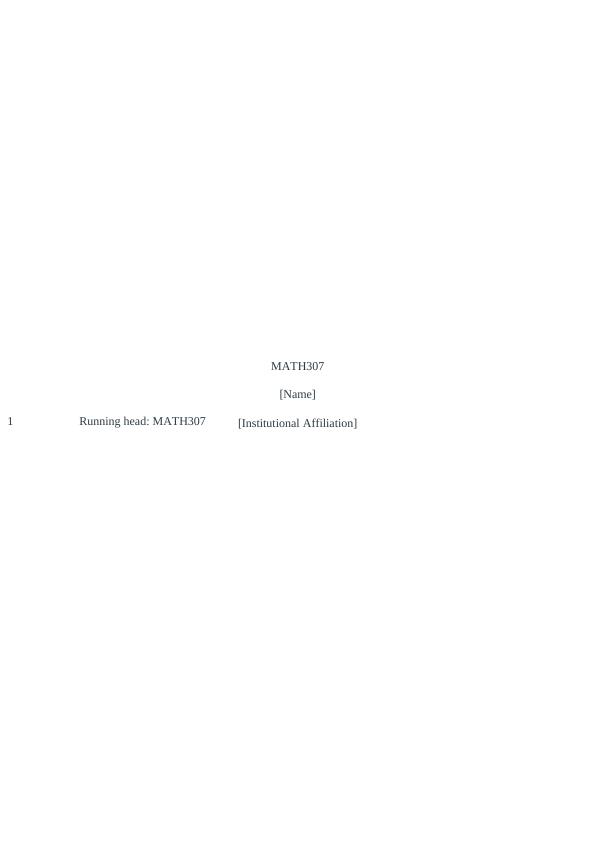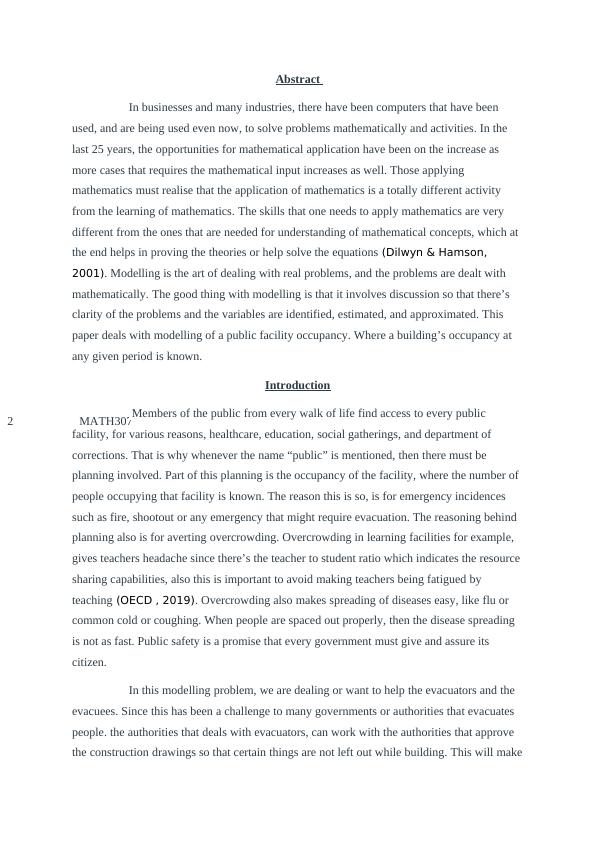Opportunities for Mathematical Application
Develop a mathematical model to determine the lawful capacity of public facilities based on evacuation speed and other criteria, considering different types of environments.
8 Pages2418 Words16 Views
Added on 2022-08-21
Opportunities for Mathematical Application
Develop a mathematical model to determine the lawful capacity of public facilities based on evacuation speed and other criteria, considering different types of environments.
Added on 2022-08-21
ShareRelated Documents
End of preview
Want to access all the pages? Upload your documents or become a member.
WHO's handling of Ebola
|10
|591
|100
History of Estate Regeneration in UK: Literature Review
|6
|1424
|62
The Role of Problem Solving Skills in the Workplace
|18
|4894
|198
Leadership Newsletter Template
|9
|2051
|96
Event and Facility Management, Individual Report - MMS307
|7
|1662
|77
HI6006 Business Competitive Strategy
|13
|1749
|41



